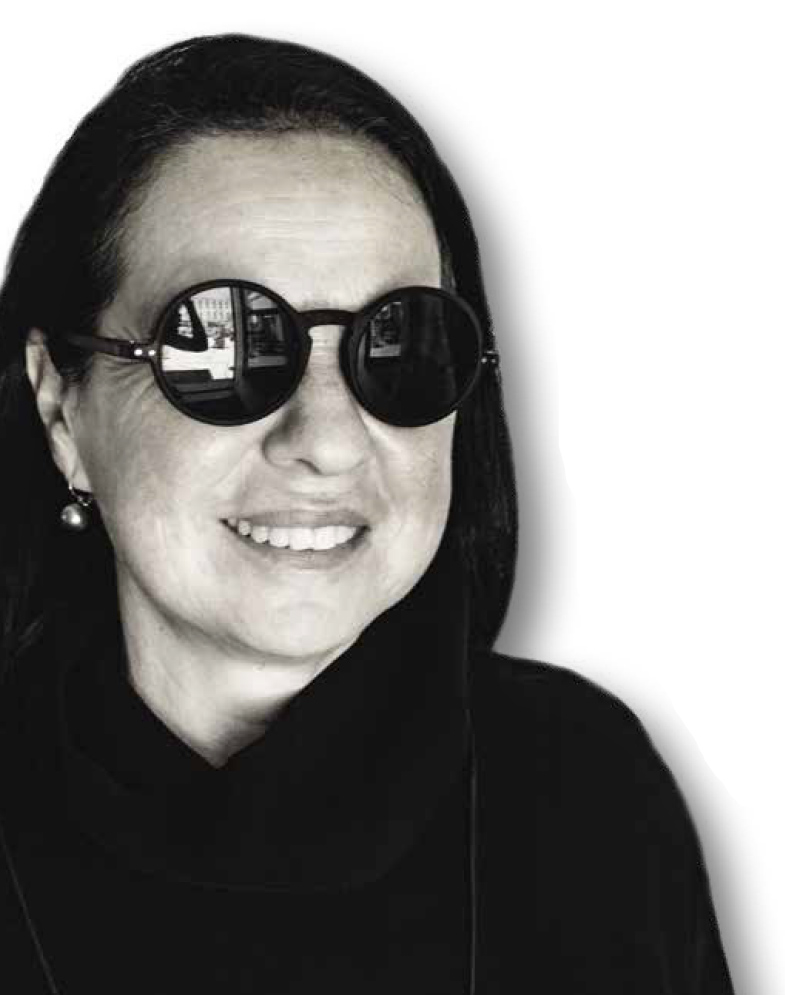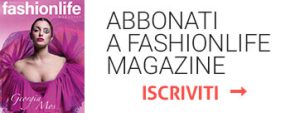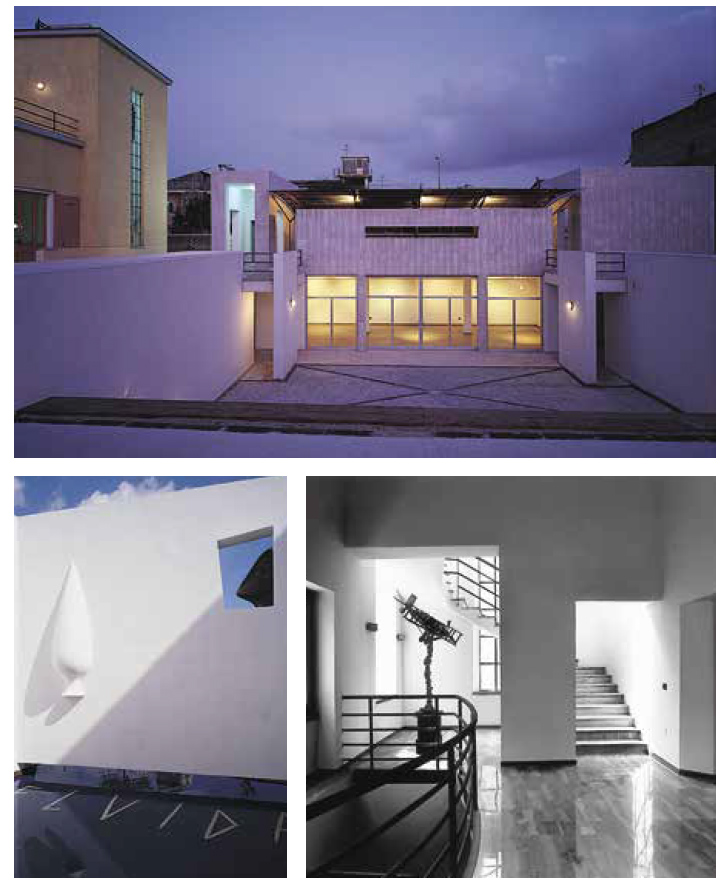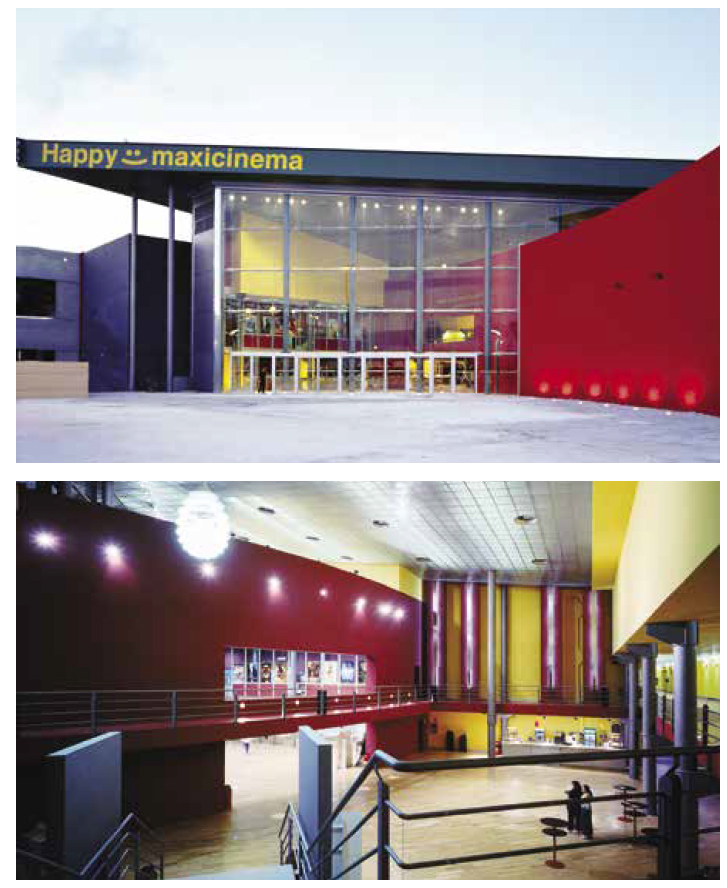He has always been involved in land use planning, conservation and enhancement of cultural heritage. After graduating with a degree in architecture, she specialized in urban design, but the experience that marked her outlook on the world and her subsequent work was undoubtedly serving as a city councilor. This experience allowed her to acquire, enriching her education, those operational tools useful for putting into practice strategies and visions aimed at the transformation and improvement of some significant jewels of our land.

Very young, just 27 years old, she measured herself in governance of “public affairs” with such passion that-she tells us-her mayor used to stigmatize her persevering efforts by calling her “Joan of Arc.” This aptitude and propensity for land planning and management has always been directed first and foremost to the enhancement of urban spaces and degraded or abandoned public properties; in fact, this has become his authentic mission. In the Atellan area, a 1940s Balilla House of fine rationalist architecture was abandoned and defaced: thanks to his contribution it was acquired as municipal property, and with the implementation of the restoration, redevelopment and expansion project carried out with architects Luigi Sirico and Pasquale Mitrano, it became the House of the Arts, with a library and a space for theater and applied arts. Here artists Mimmo di Dio and Andrea Sparaco have marked the space with poetic works that dialogue with language and words and meditation, in the thinking room. The Electa publishing house has published a monograph of this interesting architectural work, which has been awarded several prizes. In Positano, always in the vein of art and architecture, which have become central themes of her reflections and works, Rosalba Iodice is designer, with Max De Cesaris, of the redevelopment of Piazza Flavio Gioia, with the participation of artist Mimmo Paladino. The intervention emphasizes the value of contemporary art in the historic city: the square has become an open-air museum of contemporary art and overlooks the ruins of a Roman villa. The suggestion of the ruins, the mosaic fragments under the lapillus battuto–a type of pavement used by the Romans, as well as the coccio pesto on the walls–make up the new pavement. The use of materials retraces the sense of a rediscovered space “brought to light” under the now thickened and consolidated lava flow of the eruption of Vesuvius. The metaphor of finds from restorations and fragments unearthed by excavations is dialectically combined with technique where “every leftover work of art cannot be brought back to unity, as Cesare Brandi taught us,” says Rosalba Iodice. Paladino realizes his mosaic work with inserts in the pavement and a splendid column, symbols of ancient history, to be given back a voice in the memory of the community. Thanks in part to this delicate and refined urban intervention, in subsequent years the Roman domus was excavated “brought back to light” and is now usable as the site of an archaeological museum.
It is his article “The Inseparable Place of Art and Architecture: works of art in public spaces” in D’A 32 Art and Architecture.
For enlightened cultural entrepreneur Luciano Stella, he designed and built the Happy Maxi Cinema multiplex at the Gates of Naples. She is coordinating a team of architects and engineers for this challenging and also technological realization. On the curved wall that cuts through the large structural glass window, joining the outside with the inside, it reads, “There is no way to happiness. Happiness is the way” wanting to leave a reflection also for the frequenters of a shopping center that, despite ourselves, has become the agora of our times. Among the urban regeneration interventions he drafts with Alessia Fratta the Integrated Program of the area contiguous to the Royal Palace of Caserta, with the redevelopment of several public spaces and restorations on underutilized and abandoned properties: these have now become facilities for culture, entertainment and hospitality. Here a public financing of only 5 million euros triggered a process of private investment of more than 70 million euros, revitalizing the entire city area contiguous to the Reggia and triggering qualified public planning with the construction of a large underground parking lot, the re-functionalization of historic hemicycles and other properties along the perimeter of the monument. Today, this important urban regeneration is still underway; the relocation of the Air Force, according to a subsequent and far-sighted program of the Ministry of Culture, is of these days. Urban regeneration that is also social and cultural: going beyond the fate of places, this becomes an opportunity for the production of value systems for the growth of harmonious interactions. He publishes this significant work of territorial planning and redevelopment by editing the volume “The City of Memory” the Integrated Program of the Royal Palace of Caserta and its development potential with photographs by Fabio Donato. For years she has been a cultural heritage development consultant for the Campania Region, also holding the position of Managing Authority for the Interregional Cultural, Natural and Tourism Attractions Program and helping to define the Poles and Networks of the Southern Italian Regions. Also in the Region, in the role of senior expert for the Integrated Promotion and Enhancement of the Cultural Heritage System, he oversaw the implementation of several interventions falling under the Integrated Projects of Major Cultural Attractions, including the Phlegraean Fields, Pompeii Herculaneum, the Royal Palace of Caserta, and with Francesco Escalona the fascinating Phlegraean Island, with the project “Cultural Tourist Circuit between the Phlegraean Island of Procida and Bacoli: ancient baths, imperial villas, villages, abbeys, castles and palaces” with the involvement of the territories of Ischia Procida Bacoli and Pozzuoli to visit the archaeological and natural wonders of the Phlegrean Fields.
She was a member of the Board of Directors of the Real Sito di Carditello Foundation at the stage of defining its governance and its actual operational start under the chairmanship of Mirella Baracco and former Minister Nicolais afterwards.
From 2015 to 2020 she’ was a member of the Scientific Committee of the Museum of the Royal Palace of Caserta. She has accompanied her professional activity with constant scholarly study of issues related to cultural policies, including teaching at various universities and schools – including one for managers – and has been a lecturer in the course “Public Management for the Enhancement of Cultural Heritage”; at Luiss University with Enzo Peruffo she presented the Procida case.
Her love for the popularization and knowledge management of cultural heritage also led her to scout new possibilities for the enjoyment of archaeological sites: as early as 2010, she filed a patent for the enjoyment of cultural heritage in a dynamic interactive mode using “augmented reality” technologies. The intent is to make the enjoyment of archaeological sites attractive to groups generally excluded from cultural consumption: innovative ways of enjoying cultural heritage, new perspectives on visiting, knowledge and education. The possibility, therefore, of transforming a classic visit into an engaging and exciting experience, making history comprehensible to most and bringing the values of ancient architecture to the knowledge of even the least motivated but indispensable users, such as residents, in the belief that only through their participation can cultural heritage become alive, protected and constitute a propulsive symbol of territories. For more than 10 years she has lived in Procida with Cesare and Paolo, their son. As soon as she arrived on the island, she tells us, she put her expertise at the disposal of the municipality for the activation of the difficult process of transferring the former prison, through federalism of state ownership, with the drafting of a sustainable and credible Redevelopment Program. He was later involved in the drafting of the Detailed Plan of this important monumental complex built in the second half of the 1500s at the behest of Cardinal Innico d’Avalos, son of Alfonso, of whom a splendid portrait painted by Titian is on display at the Getty Museum.
The Cardinal’s palace became the royal residence of Charles of Bourbon in 1734 and the penal bath of the Kingdom in 1830. From the mid 1800s the Jesuits made it a place of redemption for outcasts and lifers, pursuing the principle of ora et labora. In 1988, the maximum-security prison was closed and has been left in the decay of neglect ever since. Rosalba Iodice’s work for the city administration has been to build the conditions to breathe new life into this cultural asset. The Palazzo d’Avalos, in its value as a cultural hub, as reported in the Enhancement Program, through its regeneration will be able to open its doors to the stay of visitors related to research, the foreign university system, residencies for artists and creative people with a widespread cultural production, becoming the new factory for the island of the world of art, knowledge, research and higher education and thus accompanying the hopes and visions of the future of the youth of this beautiful island, with the care not to distort its identity and rhythms.
At the conclusion of the drafting of the planning and urban planning tools prepared for the Procida Municipal Administration, the Nutrimenti publishing house published the monograph “Palazzo d’Avalos and the former prison of Procida: the Renaissance monumental complex between past present and future.” The book has been translated into English, its printing is awaited. She was curator and artistic director of the event “Itineraries of Art Architecture Nature Literature Theater Cinema among Ethnographic Gastronomic and Musical Traditions” promotional event program funded by the Campania Region. This project was the cue and trigger for a series of new annual cultural events in Procida including Il Trofeo del mare, which later became Maretica, of which today Alessandro Baricco together with Claudio Fogu and Procidans Gianni and Domenico Scotto carry on an interesting annual event for the island, along with the historic awards dedicated to Elsa Morante, Concetta Barra and the splendid format Procida racconta wanted by Andrea Palombi and Ada Carpi of Nutrimenti and edited by Chiara Gamberale.
With the itinerary dedicated to the former prison, now finally for everyone Palazzo d’Avalos, the regeneration of this asset through contemporary art begins with Alfredo Pirri’s work “7.0, which Rosalba likes to call “Sun rises in Palazzo d’Avalos.” The work takes on, as seen from the book’s cover, the value of a symbol of regeneration: a beam of light that at dawn transforms a window into a brilliant set in the manor to imprint and almost seal rebirth, making its fourth life blossom, through the purifying and regenerative art of this majestic architecture in the heart of the Mediterranean, an appointment elaborated later, with bravura, by the association that manages the dawn visits to the palace. The most fascinating part of the 16th-century monumental complex is undoubtedly Santa Margherita Nuova, which stands on the promontory opposite Corricella. Rosalba Iodice is the co-designer of the consolidation and restoration of the former convent and is overseeing its work to create exhibition galleries, museum spaces and relational spaces. This place will be an important and attractive scenic route for visitors, but first and foremost a new venue for the many cultural activities of the very lively Procidan community. The former convent will become the place where art will be inextricably linked to the architectural sense of space.










